Intra Body Nano Network – Part 2/5 (Graphene quantum dots / Nanonodes)
Part 2 of 5 of the Intra Body Nano Network by Mik Andersen. Part two introduces micro or nanoscale devices using graphene quantum dots, which, if present inside the human body can make up an Intracorporal Wireless Network of Nano Communications.
Intra-body nano-network – Part 2 of 5 – Graphene quantum dots / Nanonodes
2.) Intra-Body Nano-Network (The intracorporal network of Nano communications.)
- The Intracorporal Wireless Network of Nano Communications
If we assume that the MAC phenomenon is proven and that vaccinated people emit these addresses visible through the Bluetooth protocol, then it seems logical to think that vaccines are responsible for this effect. This is even more true when the first observations of the phenomenon occur just after the start of the vaccination plan for the population. In other words, there is a very clear and evident cause and effect relationship that cannot be ignored in any way.
(PENNY Note: Although I am not disputing this is possible, particularly after seeing what’s in the vials, we also had new Covid Tracking Apps and Big-Brother Surveillance installed all over the world during the same time period that need to be ruled out as another possibility).
Therefore, the question must be asked, what is it in the vaccines that is responsible for the MAC emission phenomenon?
The only thing that can be causing it is the presence of an intracorporal network of nano communications, according to the scientific literature consulted.
- How can it be defined?
An intracorporal network of nano communications is a topology of micro or nanoscale devices which is present inside the human body and which maintains a bidirectional communication in an upward or downward direction, that is, outward from the body to emit data as well as inward to receive instructions.
The purpose of an intracorporal network is very diverse.
For example, biomedical uses which facilitate the control of physiological parameters:
- heart rate,
- blood pressure,
- glucose levels,
- respiratory rate, etc.
And also neuromodulation:
- neurostimulation,
- interaction with the functioning of vital organs,
- measurement and interaction of neurotransmitters,
- and alteration of brain electrical activity.
It is rather complicated to infer which of these applications, if not all, are the ones that have been predefined for this intracorporal network. We will talk about that in the last section of this exposition.
- Intra-Body Nano-Network Topology
Now, let us describe the topology of the intracorporal network, i.e., the devices connected to the network. For this purpose, we will state from the device at the lowest level to the most complex at the highest level.
- Nanonodes.
Nano nodes, also known as nano sensors, are nanometer-scale objects that would be very difficult to observe under an optical microscope unless they form clusters. Their function is to propagate through the cardiovascular system of the human body – arteries, capillaries, and heart – in order to facilitate the propagation of wireless signals of the intracorporal network.
In order to carry out this main function, the nano nodes must number in the thousands, with the aim of being present at any point in the bloodstream.
The question, therefore, arises as to what material present in the vaccines would be responsible for creating these nano nodes? The most likely hypothesis is that it would be through graphene oxide, whose decomposition would occur gradually, forming the well-known graphene quantum dots (GQDs).
Graphene quantum dots or GQDs.
In this way, with a relatively small amount of graphene, it would be feasible to create thousands of graphene quantum dots as a product of the decomposition of larger sheets, causing their dissemination throughout the body until they reach a sufficiently small size to be unaffected by the immune system.
On the other hand, graphene, as is already known, has superconducting properties, and when it is reduced to a nanometer scale, it also acquires quantum properties, which gives it the ability to propagate signals or pulses as if it were an antenna.
- Decomposition of graphene into quantum dots (01)
- Absorption of electromagnetic waves (02)
- Superconducting graphene / quantum properties (03)
- Graphene and derivatives propagate electromagnetic signals (04)
In fact, it has been demonstrated that graphene is capable of absorbing electromagnetic radiation and amplifying signals from gigahertz to terahertz, which makes it the ideal material to achieve the desired propagation in the intracorporal network.
- Part One: Summary & MAC phenomenon (3min)
- Part 1 summarizes the presentation and gives instructions on how to test the Bluetooth/MAC address phenomenon for yourself.
- Part Two: Intra-Body Nano-Network: Graphene quantum dots / Nanonodes (3min)
- Part 2 of 5 of the Intra Body Nano Network by Mik Andersen. Part two introduces micro or nanoscale devices using graphene quantum dots, which, if present inside the human body can make up an Intracorporal Wireless Network of Nano Communications.
- Part Three: Micro/Nanointerface, Micro/Nano routers/sensors, TS-OOK signals, Gateway. (5min)
- Part 3 is really the meat & potatoes of the presentation. It goes through what is in the scientific literature regarding micro and nano sensors, carbon nanotubes, graphene and graphene oxide nanosheets, Micro and Nano routers. micro antennas or plasmonic nanoantennae microsensors, micro node signals (TS-OOK) and how our phone, tablet or can be used as the gateway.
- Part Four: Possible Uses: Mind-control & Population control: Neurosurveillance, Neuromodulation, Neurostimulation, Human connectivity (4min)
- Part 4 is about hypothesizing if this technology is in us, what it could be used for.
- Part Five: Possible Uses: Social Credit System, Eugenics, Targeted traceless weapon, & Refs (3min)
- Part 5 continues hypothesizing if this technology is in us, what it could be used for on a more devastating level regarding population control, selective genocide, and eugenics. This post also contains the references he listed in his presentation. (4min)

Site Notifications/Chat:
- Telegram Post Updates @JourneyToABetterLife (channel)
- Telegram Chatroom @JourneyBetterLifeCHAT (say hi / share info)
- Gettr Post Updates @chesaus (like fakebook)
Videos:
References


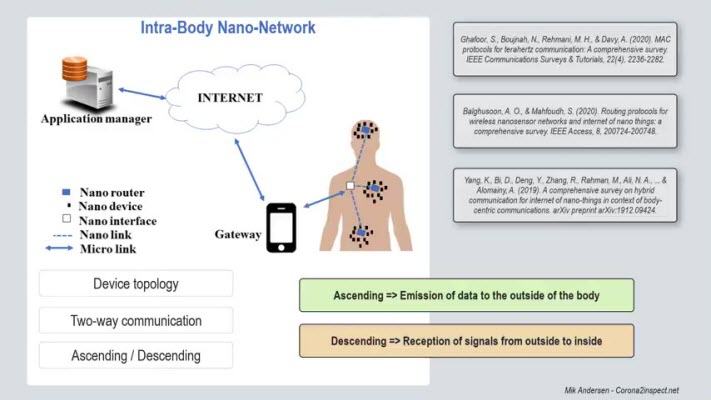
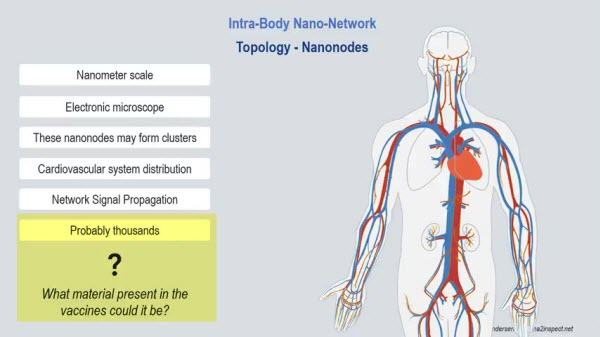
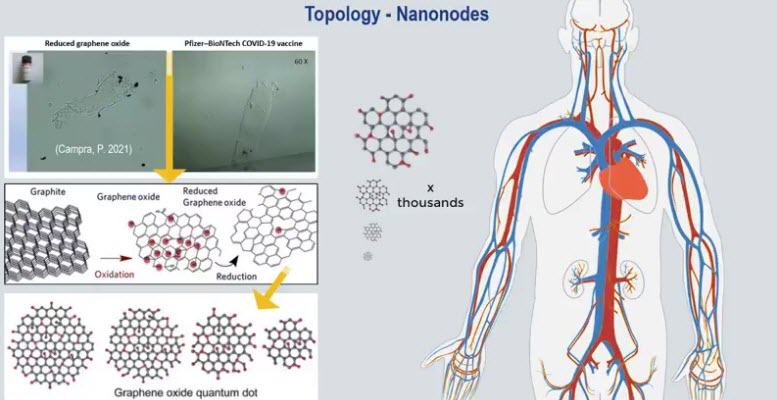
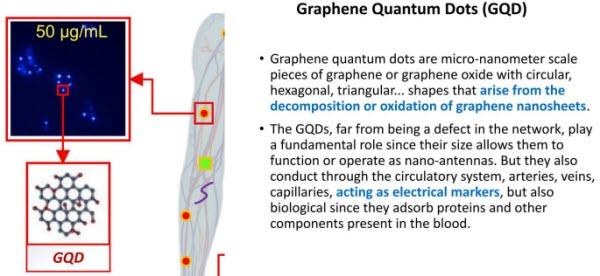



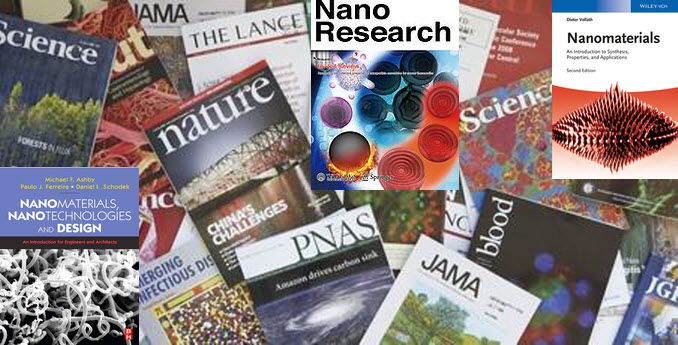
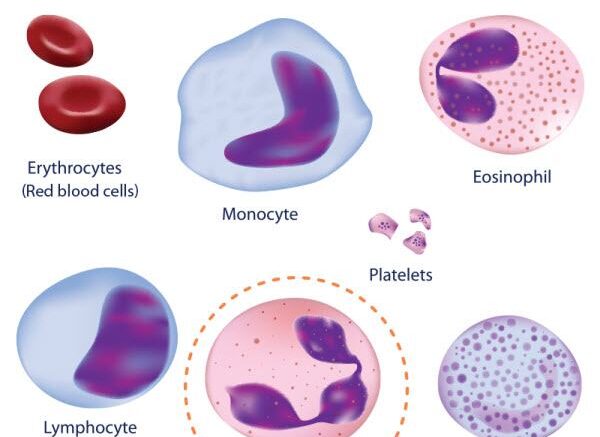
![BlueTRUTH [Parts-4&5] Testing “Unvaccinated” & References](https://pennybutler.com/wp-content/uploads/2023/04/BlueTruth-Parts4-5-Unjabbed-Refs.jpg)